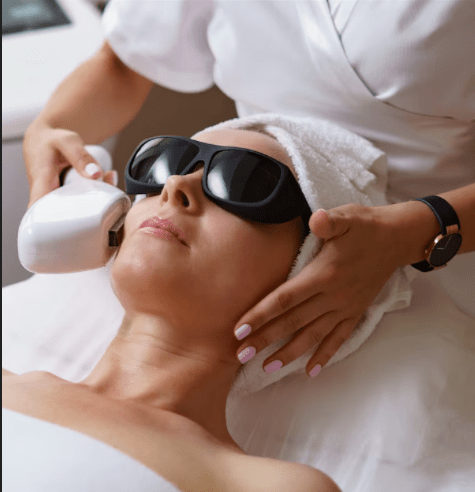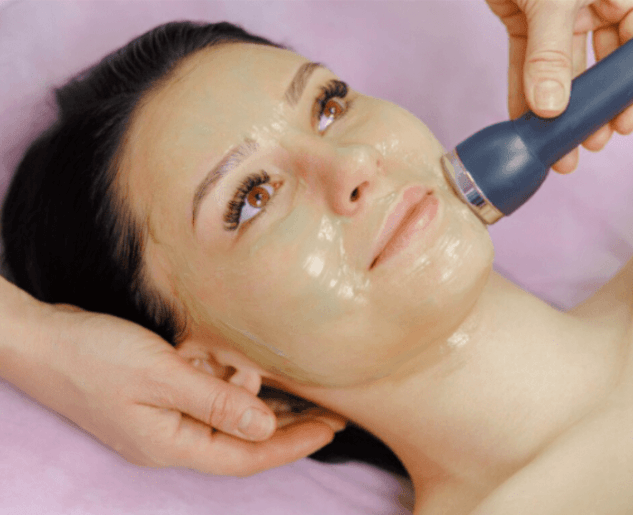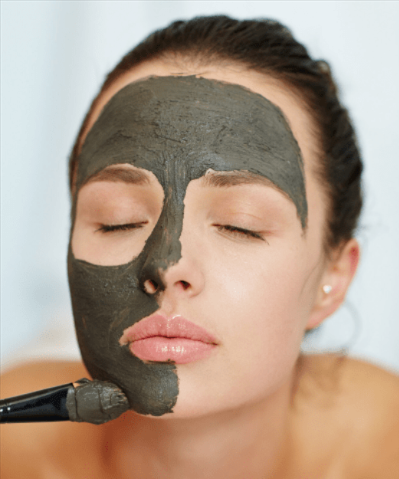Nicotinamide adenine dinucleotide (NAD+) therapy has rapidly gained traction as a cornerstone treatment in the field of anti-aging and regenerative medicine worldwide. South Korea, known for its advanced medical infrastructure and innovation in aesthetic and longevity-focused treatments, has become a regional hub for NAD+ therapy. Understanding the historical context and current growth of this treatment helps highlight why so many patients are turning to Korean anti-aging clinics for NAD+ infusions.
The Global Origins of NAD+ Therapy
NAD+ is a naturally occurring coenzyme found in every living cell, playing a critical role in cellular metabolism, DNA repair, and energy production. Its importance was first identified in the early 1900s, but it wasn’t until the early 2000s that researchers began linking NAD+ depletion to aging and chronic diseases such as Alzheimer’s, Parkinson’s, and metabolic disorders.
Pioneering research by scientists like Dr. David Sinclair at Harvard University brought international attention to NAD+ as a promising target in the fight against aging. The development of NAD+ precursors such as nicotinamide riboside (NR) and nicotinamide mononucleotide (NMN) helped make supplementation more accessible. Eventually, intravenous (IV) NAD+ therapy became available, offering higher bioavailability and faster results for patients seeking cellular rejuvenation.
Introduction to NAD+ Therapy in South Korea
NAD+ therapy was introduced to South Korea in the late 2010s, initially within elite wellness centers and private medical clinics catering to celebrities, athletes, and high-net-worth individuals. As awareness of the therapy’s potential benefits grew—ranging from improved energy, better sleep, enhanced mental clarity, and even addiction recovery—the treatment began appearing in more mainstream anti-aging clinics.
South Korea’s strong regulatory framework and advanced biomedical research environment allowed for swift adoption of this innovative therapy. Korean clinics often combine NAD+ IV infusions with cutting-edge diagnostics and personalized wellness programs, setting them apart from counterparts in other countries.
The Rise in Popularity: 2020s and Beyond
The COVID-19 pandemic significantly accelerated the demand for therapies that support immunity, energy, and overall well-being. NAD+ therapy, known to enhance mitochondrial function and reduce inflammation, became a sought-after option for post-viral recovery and immune system support.
By the early 2020s, NAD+ IV therapy became a standard offering at many high-end anti-aging clinics across Seoul, Busan, and other major Korean cities. International patients began seeking NAD+ treatment in Korea not only for its affordability compared to the U.S. or Europe, but also due to Korea’s reputation for cutting-edge medical care and patient-focused service.
Integration with Korean Anti-Aging Medicine
Today, NAD+ therapy in Korea is frequently combined with other regenerative treatments, such as:
- Stem cell therapy
- Exosome infusions
- Peptide treatments
- IV vitamin cocktails
- Hormone balancing programs
Many Korean clinics offer comprehensive anti-aging programs that include lifestyle coaching, genetic testing, and customized supplementation plans—positioning NAD+ not as a standalone treatment, but as a vital component in a broader, holistic approach to longevity.
Future Outlook
As research continues to validate the benefits of NAD+ for age-related diseases, cognitive decline, and even skin health, it’s likely that the demand for this therapy will continue to grow. Korean anti-aging clinics, always at the forefront of innovation, are expected to expand their offerings with more personalized NAD+ protocols, advanced diagnostics, and synergistic therapies.
Whether you’re a local resident or an international visitor exploring medical tourism in Korea, NAD+ therapy is becoming an essential option for those seeking to optimize health and extend vitality at the cellular level.




